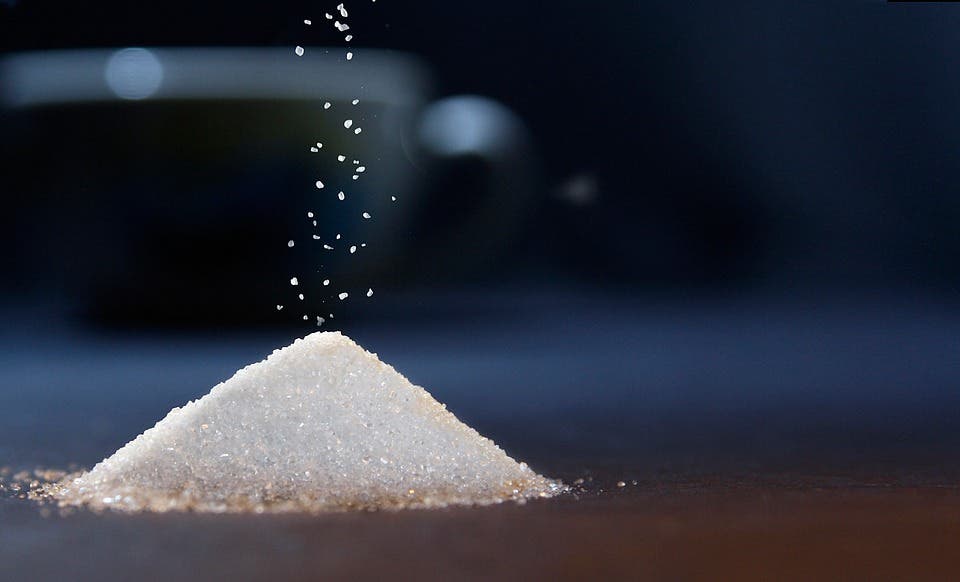A study on mice found that having sugary drinks can affect your body in more than one way: in addition to having a lot of sugar, they also disrupt the liver’s ability to burn fat.

Traditionally, fat was primarily blamed for weight gain. It seems to make a lot of sense, right — fat makes you fat. But recent research has shown that sugar, not fat, is the big problem. While there is more than just one factor associated with the current obesity crisis, sugar is definitely a major part of it.
Sugar is in almost all processed foods you can find on grocery store shelves. It’s found in sugary drinks, which offer almost no useful nutrients, and all cakes and cookies. But it’s also found in remarkable quantities in products you wouldn’t expect it, like sauces and pre-cooked meals.
What this new study found is that when joined together, sugar and fat can have an even worse effect than they do separately.
Double trouble
There are several types of sugar. Glucose and fructose are simple sugars (monosaccharides) found in fruits or honey. They have an equal amount of calories, but are absorbed differently by the body. In this new study, researchers found that the two actually have opposite effects on the liver.
“Fructose makes the liver accumulate fat,” says senior study author C. Ronald Kahn, a professor of medicine at Harvard Medical School in Boston, MA. “It acts almost like adding more fat to the diet,” he continues.
“This contrasts the effect of adding more glucose to the diet, which promotes the liver’s ability to burn fat, and, therefore, actually makes for a healthier metabolism,” he adds.
The researchers focused on two mechanisms, one involving mitochondria (the famous powerhouse of the cell), and the other involving fatty acid oxidation — or, simply put, fat burning.
The team put six groups of male mice on different diets for 10 weeks. The diets were:
- regular;
- regular with high glucose;
- regular with high fructose;
- high fat only;
- high fat with high glucose;
- high fat with high fructose.
The goal was to assess how the different diets affected the mice, and, in particular, to see how the interaction between high glucose/fructose and high fat changed things.
All three groups of mice on high-fat diets became obese. Their body mass grew by 40-60%, and they also showed signs of fat buildup in the liver.
However, the mice on the high-fat diet that received fructose also developed insulin resistance and higher blood sugar — their insulin levels doubled as a result. Meanwhile, the high fat/glucose group did not develop the other symptoms, despite having the same caloric intake.
Furthermore, the fructose-rich diets had more fragmented mitochondria, suggesting that they weren’t burning fat properly. In contrast, mitochondria from the glucose mice were in good shape.
This shouldn’t be interpreted as “if I have a diet rich in fat, I should eat more glucose” — quite the contrary. The first takeaway (which is not new) is that if you’re on a high-fat diet, there is a good chance that you’ll gain weight. The secondary takeaway, which is novel, is that we still don’t understand all the interactions between different types of foods. This study would suggest that in the long-term, fructose has the potential to be even more dangerous than glucose — so you might want to cut down on some of those sweet drinks, even if they are 100% fruit juice.
The team emphasizes that more research is needed, both in mice and in humans, to fully understand the intricacies of these interactions.
“This is one of a series of studies that we’ve been doing, concerning what role high fructose in the diet plays in terms of insulin resistance and metabolic syndrome,” concludes Kahn.
The study has been published in Cell Metabolism.






